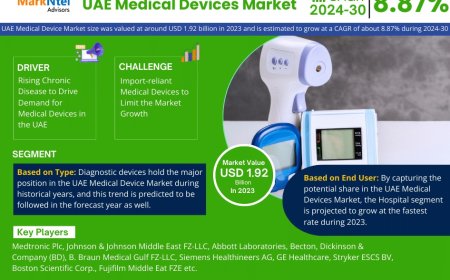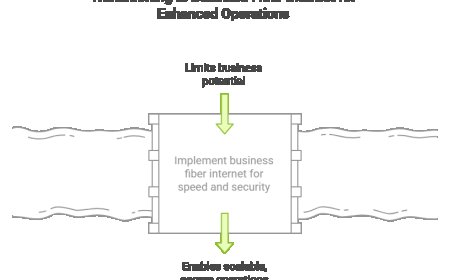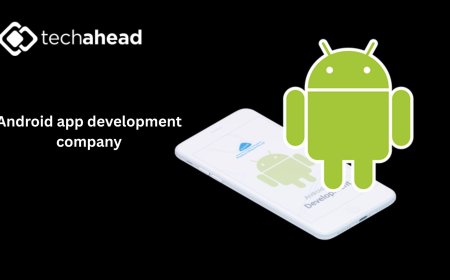How is update from ADB different from OTA updates?

Android devices can receive system updates through different methods, with two of the most common being Update from ADB and OTA (Over-the-Air) updates. While both are used to install firmware or software updates on your phone or tablet, they work in very different ways and are designed for different types of users.
What Is OTA Update?
An OTA update is the most common and user-friendly method of updating an Android device. Its automatically delivered by the device manufacturer or carrier directly to your phone. When an update is available, you receive a notification, and with a few taps, the system downloads and installs the new firmware. OTA updates require minimal user involvement and are handled entirely through the devices built-in update manager.
Key Features of OTA Updates:
-
Delivered automatically by the manufacturer or carrier
-
Simple and safe for all users
-
Requires no special tools or computer access
-
Usually installed through Wi-Fi or mobile data
-
Includes security patches, bug fixes, or Android version upgrades
What Is Update from ADB?
Update from ADB (Android Debug Bridge) is a more advanced method that allows users to manually sideload an update package to their device using a computer. This is commonly used by developers, technicians, or advanced users when OTA updates are not available or when performing a manual firmware installation.
The device must be connected to a PC via USB, and the update file must be pushed to the phone using ADB commands through a command-line interface.
Key Features of Update from ADB:
-
Requires a computer with ADB tools installed
-
Used in recovery mode with a USB connection
-
Allows sideloading official or custom update packages
-
Useful for manual updates, testing, or recovery
-
Requires basic technical knowledge
Major Differences Between Update from ADB and OTA Updates
1. Delivery Method
OTA updates are pushed wirelessly and automatically.
Update from ADB requires a manual process using a computer and USB connection.
2. User Experience
OTA is designed for all users and is simple to use.
ADB sideloading is meant for advanced users and developers.
3. Use Case
OTA is used for regular system updates.
ADB is often used when OTA fails, for manual upgrades, or for installing updates before theyre officially released.
4. Risk Level
OTA updates are generally safe and fully supported by the device maker.
ADB updates can be risky if done incorrectly and may void warranty if unofficial files are used.
When Should You Use Update from ADB?
You might consider using update from ADB if:
-
Your device is not receiving OTA updates due to region or carrier restrictions
-
You want to manually install an update file downloaded from an official source
-
You need to recover a non-booting system with a valid update package
-
You're a developer testing a beta version of Android
Final Thoughts
Both update from ADB and OTA updates serve the same goalkeeping your Android device up to datebut they cater to different user needs. OTA is convenient and safe for general users, while ADB sideloading gives more control but requires technical know-how. Always use official update files and take precautions when updating manually to avoid damaging your device.





























